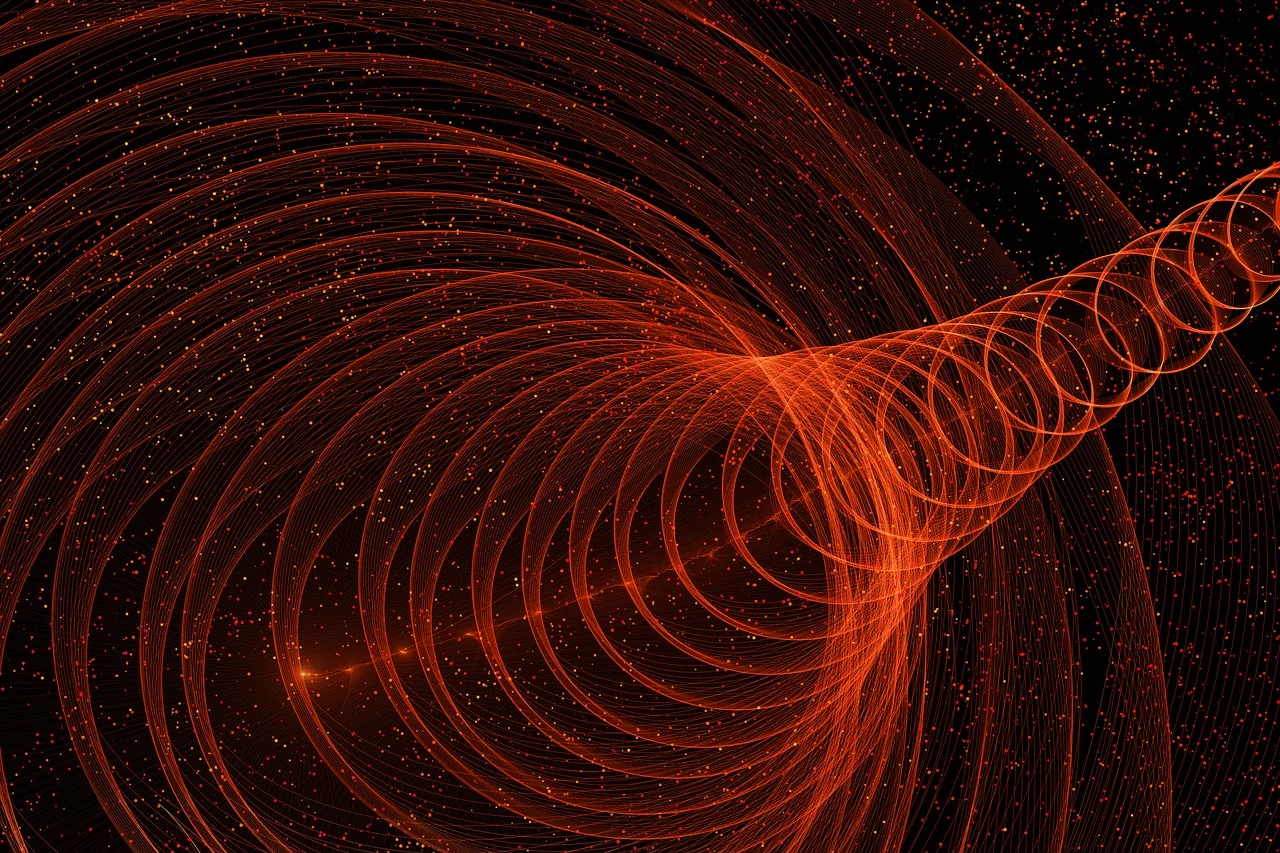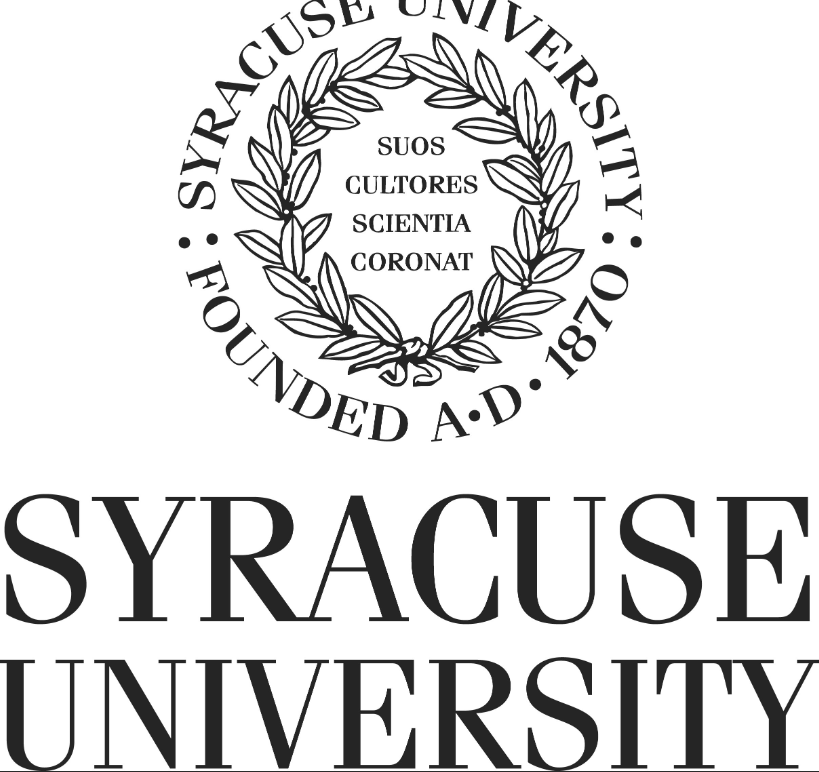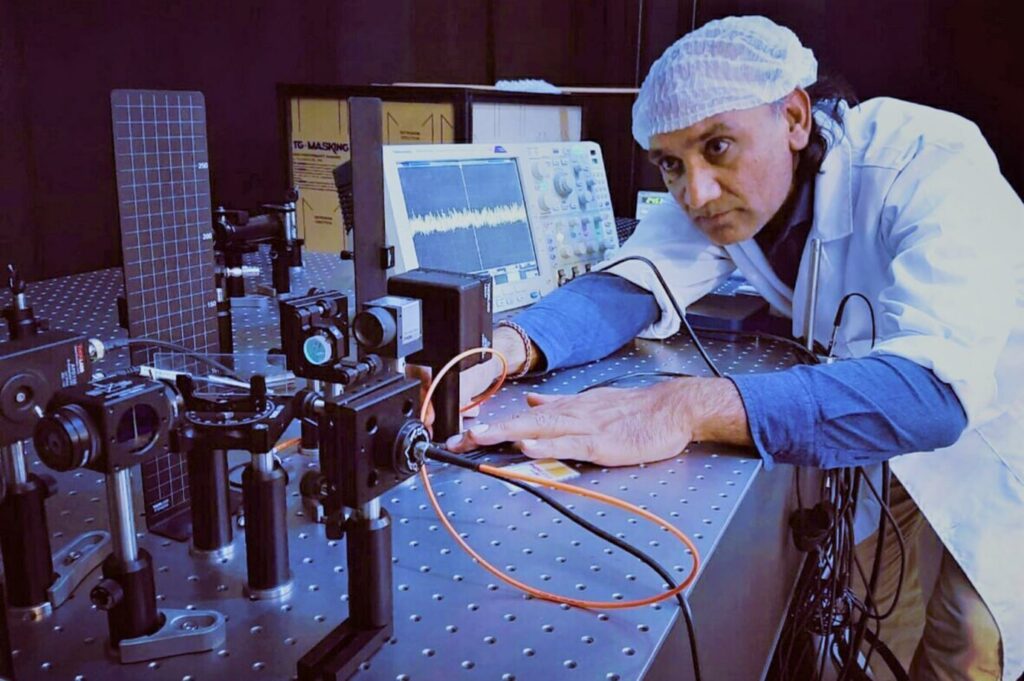Physics that deals with atoms and subatomic particles is known as quantum physics. Physicists study the fundamental behaviour of these particles, which generally behave differently from what classical physics would predict. In quantum physics, quantum mechanics describes how particles behave at the quantum level and it introduces the concepts of superposition, entanglement and quantum states, which are vital to the understanding of quantum teleportation.
Our understanding of quantum teleportation depends on the no-cloning theorem, which is fundamental to quantum mechanics. No quantum state can be duplicated exactly in quantum mechanics, according to this theorem. As a result, you cannot just measure the state of a particle and reanimate it in some other place.
What is Quantum Teleportation?
The quantum state of a particle can be transmitted from one location to another without physically moving the particle. This is known as teleportation in quantum mechanics. Science fiction depicts teleportation as the instantaneous transport of objects, but in reality, it does not work that way.
Entanglement plays a crucial role in quantum teleportation. Whenever two or more particles become entangled, their states cannot be described independently of one another. No matter how far apart the particles are, the state of one particle affects the state of the other instantly.
In teleportation, quantum is crucial because it allows quantum information to be transmitted without violating quantum laws. In the real world, quantum computing, secure communication and cryptography all benefit from this. As we move further into the decade, developing quantum technologies will depend heavily on quantum teleportation, a fundamental concept in quantum information science.

History of Significant Teleportation Experiments
There are several significant teleportation experiments that have been conducted over the last few decades and we will now briefly go over them.
1. First Successful Teleportation by Anton Zeilinger
An Austrian team led by Anton Zeilinger achieved the first successful teleportation of a quantum state in 1997. In the experiment, the researchers were able to transfer the quantum state from one photon to another by entangling two photons and measuring one of them.
2. NIST and the University of Innsbruck Information Teleporting
A team of scientists at NIST and the University of Innsbruck succeeded in teleporting information encoded in quantum states of individual atoms in 2004. Their method involved trapping and entangling two beryllium ions and teleporting their quantum states across a short distance.
3. University of Tokyo Quantum Information Teleporting
Four years later, Scientists at the University of Tokyo teleported quantum information across the city of Tokyo over a distance of several kilometres. Quantum teleportation combined with optical fibres enabled the team to send entangled photons across distances.
4. National Institute of Standards and Technology 100km Transfer
In 2015, a team of researchers at the National Institute of Standards and Technology (NIST) transferred quantum information over 100 kilometres (km) of optical fibre, four times further than previously possible.
It must be added — though this is rather more an achievement than an experiment — that last year Alain Aspect, John F Clauser and Anton Zeilinger were jointly awarded the 2022 Nobel Prize in Physics “for experiments with entangled photons, establishing the violation of Bell inequalities, and pioneering quantum information science”. From their independent work, they were able to establish the quantum property of entanglement.
Potential Usage of Quantum Teleportation
Although quantum teleportation may seem very outlandish, it has been experimentally demonstrated and has the potential to be used in a wide variety of practical applications. A few possible uses of quantum teleportation include:
Quantum Internet
A quantum internet could be developed through quantum teleportation, which would provide ultra-secure communication and enable the distribution of quantum information worldwide. This could result in the connection of quantum computers and the creation of a network of quantum nodes for the purpose of secure data transmissions and distributed quantum computation by teleporting quantum states across long distances.
Quantum Sensing & Metrology
Using quantum teleportation, quantum sensors and metrology devices could be made more precise and sensitive. Quantum-enhanced measurements could be accomplished by teleporting quantum states of particles, such as atoms or photons, possibly improving outcomes in gravimetric, magnetometric and timekeeping measurements.
Quantum Communication
The principle of quantum teleportation could be used to establish secure communication channels between two individuals. Using photons as quantum carriers, it is possible to establish secure quantum key distribution (QKD), which guarantees eavesdropper-proof encryption keys.
You may also like:
- Researchers Master Chip-to-Chip Quantum Teleportation in a Silicon Chip
- How Can Quantum Entanglement Be Used For Secure Communication?
- Quantum Science Communication Can Be Spooky, Too
- Quantum Computing Companies: A Full 2024 List
Is Quantum Teleportation Faster Than the Speed of Light?
Overall, quantum teleportation does not travel faster than the speed of light but instead relies on the instantaneous transfer of information through entanglement. Entanglement — as has already been described above — implies instantaneous communication. Despite quantum entanglement appearing to interact instantaneously, no matter the distance, it is impossible to send data using quantum entanglement with science’s present understanding of quantum mechanics.
Quantum Teleportation as a Method of Travel?
We do not currently understand how to achieve teleportation as portrayed in such TV programs as Star Trek, despite our understanding of physics. The field of quantum physics, however, has seen some fascinating developments in recent years that suggest a different type of teleportation may be possible in the future.
Teleportation would require deconstructing the physical body or object at one location, transmitting its precise information or “pattern” to the destination, and then reconstructing it using that information. A person or object would be scanned and encoded, transmitted from this vast amount of information and then recreated at the destination. Sadly, there are enormous challenges associated with such a process, and the technology used is far beyond what we are capable of now.
It is uncertain whether teleportation as a mode of travel will ever become a reality despite the scientific headway we have achieved. In addition to the complexity of scanning, encoding and transmitting vast amounts of information, the concept faces numerous technological and theoretical obstacles as well as preserving consciousness and identity during the process.
So, I think it’s fair to say we’ll be catching the bus or train for many years to come.
If you found this article to be informative, make sure to explore more of the current quantum technology news here. If you would like to explore the quantum tech ecosystem in more detail, you should check out our dedicated market intelligence platform.
Featured image: Gerd Altmann from Pixabay
If you found this article to be informative, you can explore more current quantum news here, exclusives, interviews, and podcasts.




















